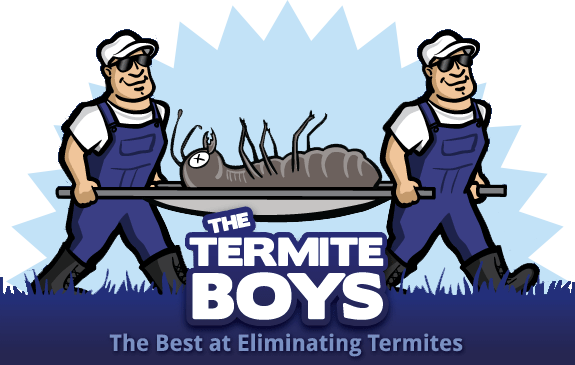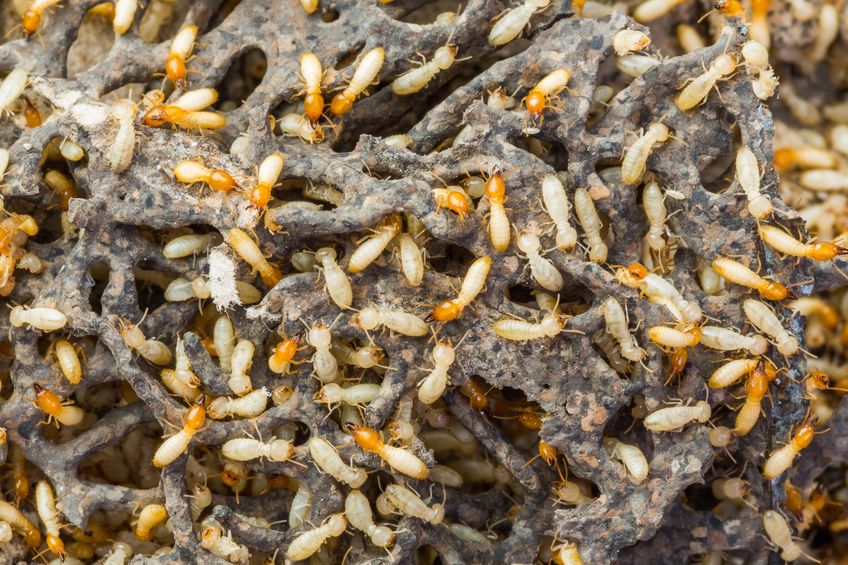Subterranean termites are one of the most difficult insect pests to control for several reasons. First of all, there is no easy way to detect a termite infestation or termite damage within a home, as subterranean termites usually infest structural wood components that are located in areas that are very difficult to access. Second of all, wood that is infested or has sustained damage by subterranean termites often appears normal, and only pest control professionals possess the specialized tools necessary to pinpoint infested wood and areas of a home that are vulnerable to infestations. Third of all, and most important, most termiticides cannot be legally handled by anyone except for licensed pest control professionals in most states, including Massachusetts.
Most lending institutions will not lend money for real estate purchases until an inspection report is submitted to the lender. Lenders specifically ask for a wood infesting insect report form, which is a form that pest control professionals are required to fill out during termite inspections. Naturally, lenders do not want to approve loans for homes that have sustained termite damage, and requesting these forms is standard protocol in banks and lending institutions. These forms can only be filled out by professionals who are licensed to carry out termite inspections within homes.
Carrying out termite inspections within and around homes is particularly difficult in the southern states where drywood termite infestations are common. Unlike subterranean termites that see workers infest homes from the ground up, drywood termites infest homes as winged swarmers, which means that drywood termite infestations can be located anywhere including attics, beneath shingles, and behind wood siding. While termite inspectors in Boston search entire houses for termite damage, termite damage in the city is almost always limited to substructural wood within crawl spaces.
In crawl spaces, inspectors evaluate all structural wood components for termite damage, especially wood located beneath showers, sinks and toilets, as wood in these locations is often moist, and therefore, vulnerable to termite attack. Inspecting concrete slab homes is especially difficult, as these homes do not allow inspectors to crawl beneath the floor like crawl space homes do. Pest control professionals will eliminate any termites found during an inspection, but replacing termite-damaged wood is often necessary. Due to the high degree of termite activity in Massachusetts, it is recommended that homeowners in the city have a termite inspection carried out once per year.
Have you ever had a termite inspection carried out within your home?

